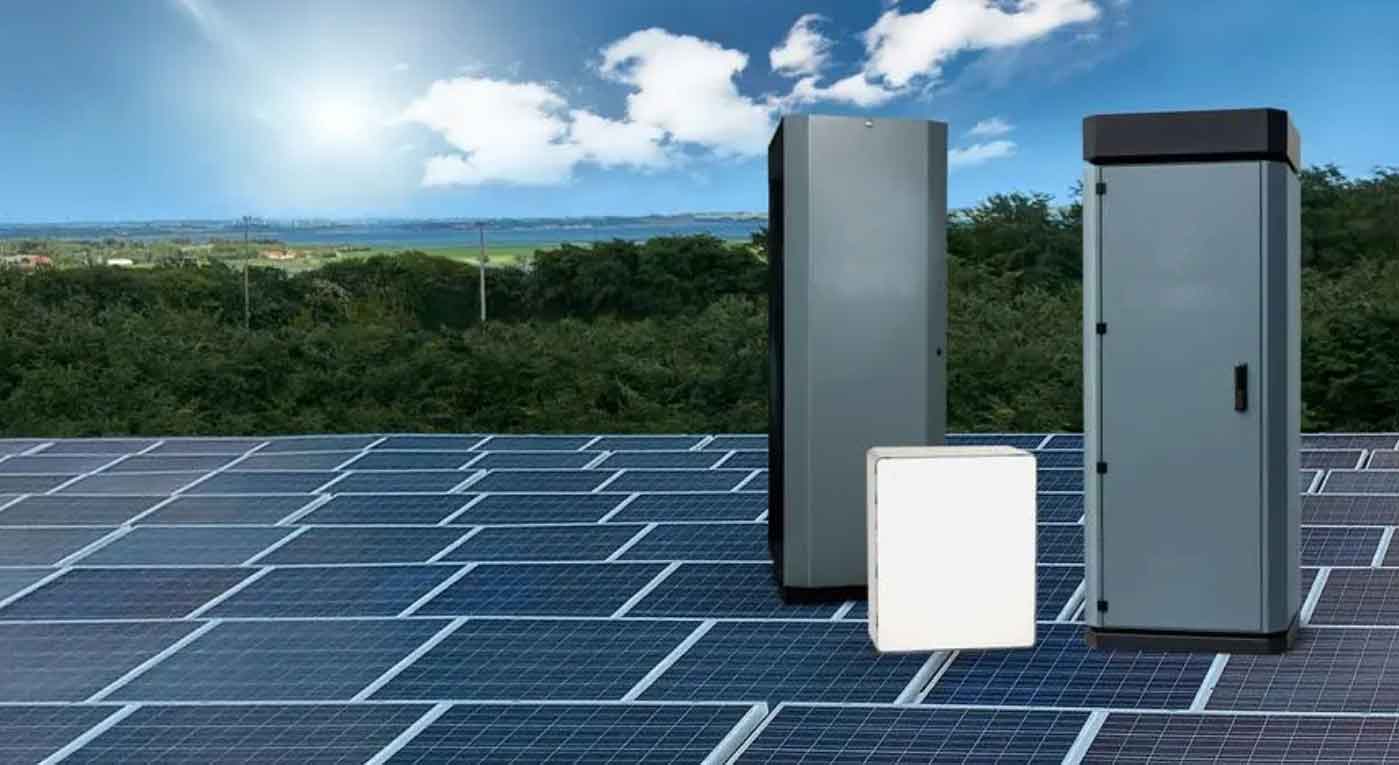The cycle life of high-voltage household energy storage batteries refers to the number of complete charge and discharge cycles a battery can undergo before its capacity falls to a specified level of its original capacity, often around 80%. This parameter is crucial for understanding the longevity and economic feasibility of using such batteries in home energy systems.

Here are some key points about the cycle life of these batteries:
- Battery Chemistry: The cycle life of a battery largely depends on its chemistry. Lithium-ion batteries, commonly used for household energy storage batteries, typically offer higher cycle lives compared to other types like lead-acid. Within lithium-ion, variations like lithium iron phosphate (LiFePO4) can offer even longer cycle lives, sometimes exceeding 10,000 cycles.
- Depth of Discharge (DoD): The cycle life is also influenced by how deeply the battery is discharged on each cycle. Household energy storage Batteries cycled to a lower depth of discharge can last for more cycles. For example, a battery with a DoD of 50% may last longer than one regularly discharged to 90%.
- Operating Conditions: Temperature and charging/discharging rates also impact the cycle life. Household energy storage batteries operated in moderate climates and charged/discharged slowly tend to have longer cycle lives than those operated in extreme conditions or charged/discharged at high rates.
- Management Systems: Household energy storage battery management systems (BMS) play a crucial role in optimizing the battery’s life by managing the charge state, temperature, and balancing the cells within the battery. A sophisticated BMS can significantly extend the battery’s cycle life by preventing conditions that shorten its lifespan.
- End-of-Life Criteria: The definition of “end of life” for household energy storage battery (commonly set at 80% of original capacity) affects the reported cycle life. If a less stringent criterion is used, the cycle life might appear longer.
- Usage Patterns: How household energy storage battery is used daily can affect its cycle life. Frequent, shallow discharges and recharges are generally less stressful for the battery than fewer, deeper discharges. Systems designed to minimize stress on the battery by controlling discharge depth and frequency can help prolong battery life.
- Quality and Construction: The quality of the manufacturing process and the materials used in household energy storage battery also determine its longevity. Higher quality batteries with robust construction are more likely to maintain their capacity and resist degradation over time, even under adverse conditions.
- Warranty and Manufacturer Claims: Manufacturers often provide warranties that guarantee a certain cycle life or duration. These warranties can give an indication of the minimum expected cycle life of household energy storage battery under typical usage conditions.
- Technological Advancements: Household energy storage Battery technology is rapidly advancing, with improvements in electrode materials, electrolytes, and construction techniques that can enhance cycle life. Staying informed about the latest technologies can be beneficial when choosing a battery system.
- Regular Maintenance and Monitoring: Although many modern household energy storage batteries are designed to require minimal maintenance, regular monitoring and occasional maintenance can help identify issues before they significantly impact cycle life. This includes checking for physical damage, ensuring connections are secure, and keeping the battery at recommended temperatures.
- Recycling and Sustainability: At the end of its useful life, the materials in household energy storage battery can often be recycled. Choosing batteries that are recyclable or from manufacturers who offer recycling programs can be an important aspect of the lifecycle management of household batteries.
For example, a typical high-voltage lithium-ion battery might have a cycle life of around 5,000 to 7,000 cycles under optimal conditions with moderate depth of discharge. Adjusting any of the conditions mentioned can either increase or decrease this estimate. Understanding these factors can help homeowners and businesses make informed decisions about selecting and managing high-voltage household energy storage batteries, optimizing both their economic benefits and sustainability.
